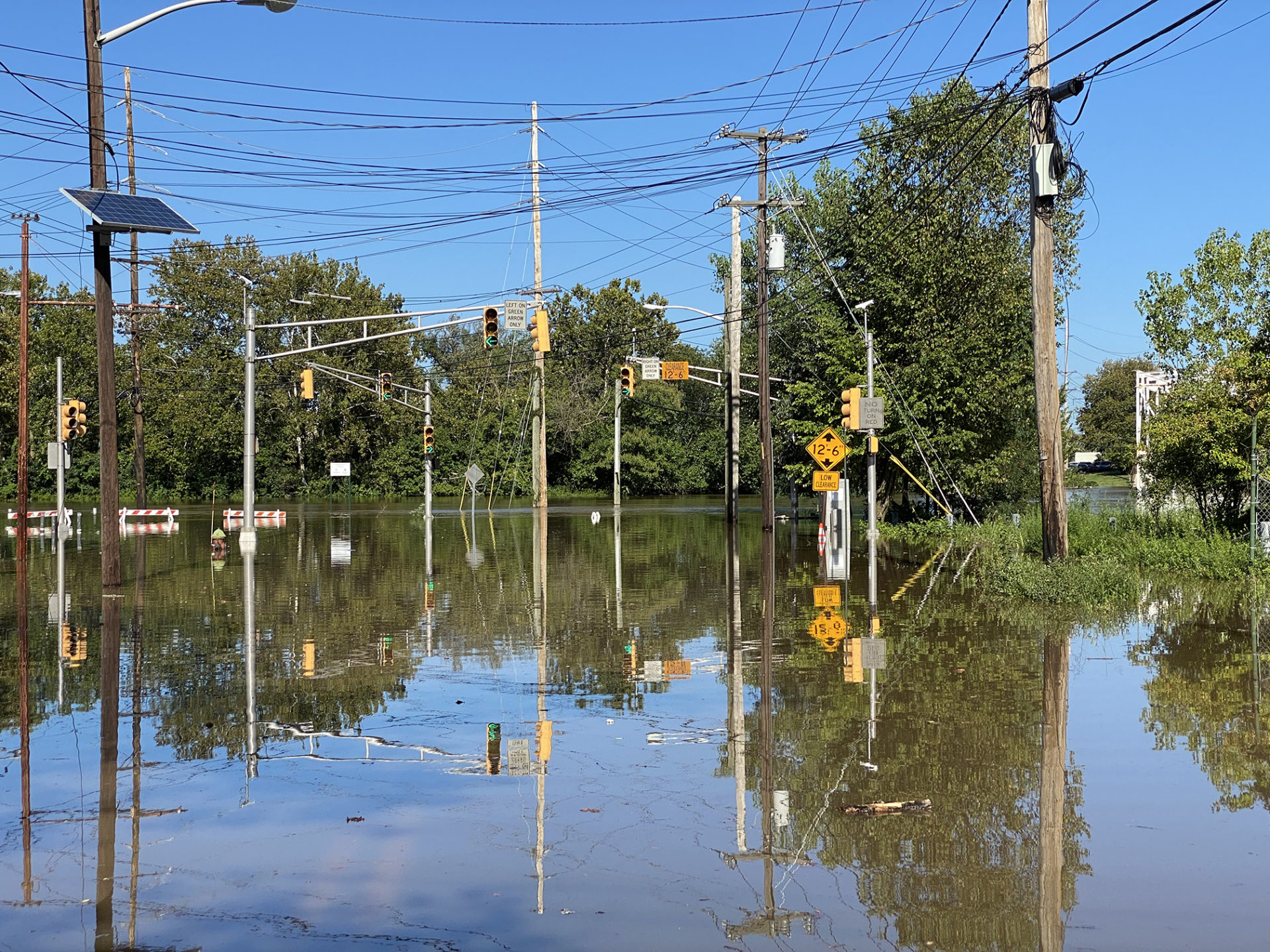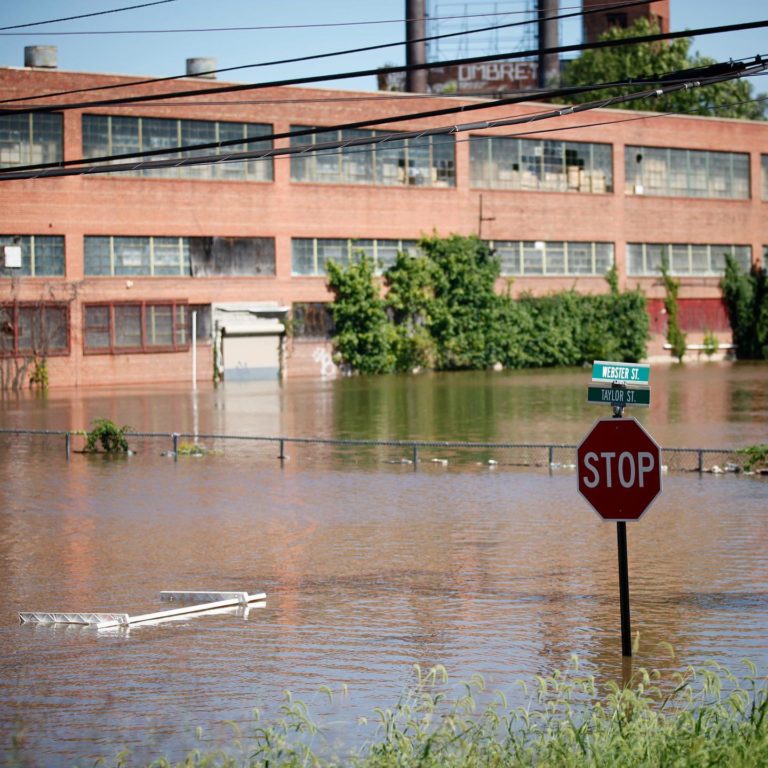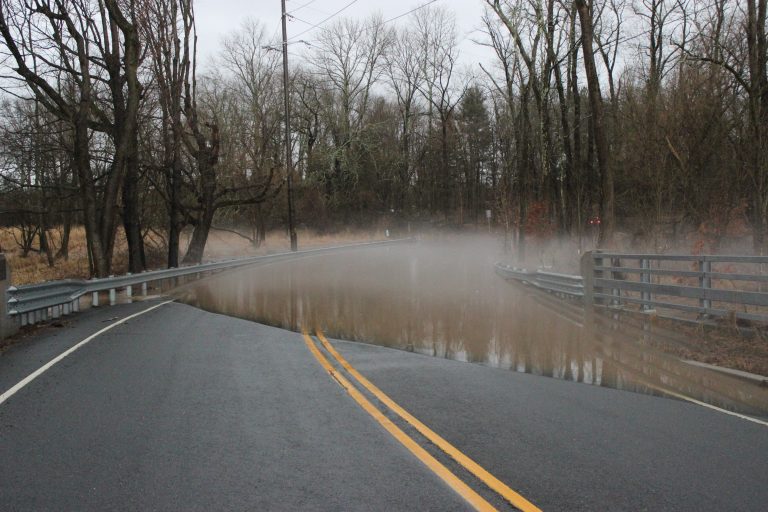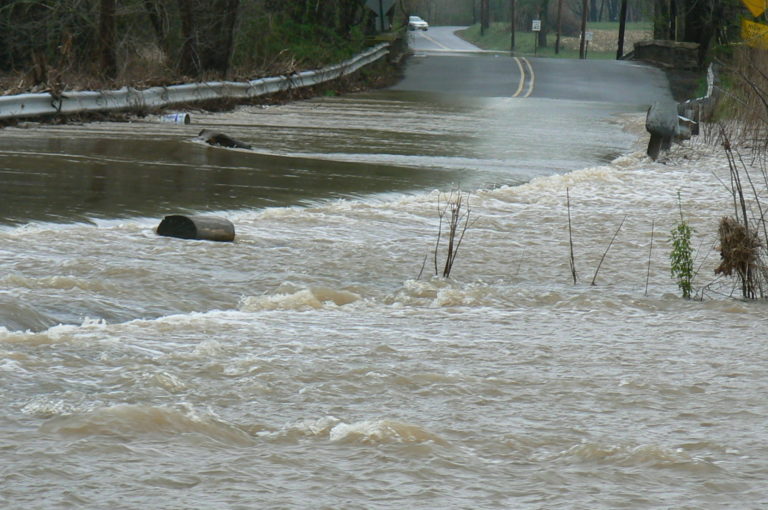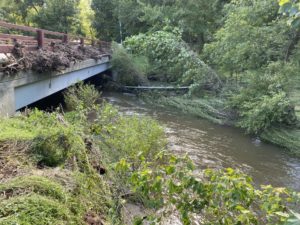
This op-ed written by Jim Waltman, Executive Director of The Watershed Institute, ran today in NJ.com
The overwhelming force of raging floods is something we’ve grown all too accustomed to in the Garden State. Ida and Henri are just the latest entries in a parade of ferocious storms that have slammed New Jersey in the last decade. Irene, Sandy and the recent big events caused tragic loss of life, displaced millions of people, and exposed many to the health hazards of floodwaters contaminated with fecal matter, industrial toxins, and other pollutants from the overwhelmed storm and sewage systems.
Even as people across the state are dealing with the tragic loss of life, mopping up mud and stagnant water from their homes and businesses, and trying to figure out insurance claims and government assistance, we need to take bold action to respond to these dire circumstances.
Climate change and the continual creep of development are a double whammy that portends more flood damage to homes and businesses unless federal, state and local governments act decisively.
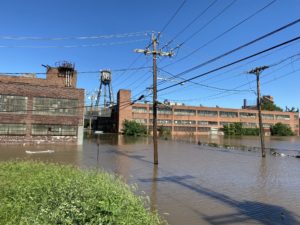 In the northeast, the amount of precipitation dumped during the largest storms increased 55 percent between 1958 and 2016, according to the National Climate Assessment from the U.S. Global Climate Change Research Program. The recent “code red” report from the UN’s Intergovernmental Panel on Climate Change concluded that this trend is likely to continue.
In the northeast, the amount of precipitation dumped during the largest storms increased 55 percent between 1958 and 2016, according to the National Climate Assessment from the U.S. Global Climate Change Research Program. The recent “code red” report from the UN’s Intergovernmental Panel on Climate Change concluded that this trend is likely to continue.
To avoid the most extreme changes to our climate, we must dramatically accelerate our transition away from fossil fuels and towards clean, renewable forms of energy. And to protect our state from the storms that most assuredly will continue to come with greater frequency and intensity, we need to implement a four-part policy agenda.
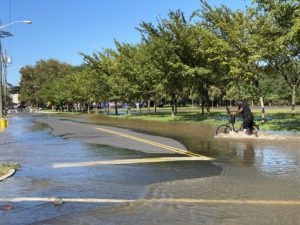 First, strengthen protections against development near streams, rivers, and coastlines. As the saying goes, when you are in a hole, stop digging. Allowing more homes and businesses to be built near waterbodies will just lead to more costly damage from flooding. State and local policy makers must strengthen protections against building near water.
First, strengthen protections against development near streams, rivers, and coastlines. As the saying goes, when you are in a hole, stop digging. Allowing more homes and businesses to be built near waterbodies will just lead to more costly damage from flooding. State and local policy makers must strengthen protections against building near water.
Second, remove imperiled homes and businesses from harm’s way. New Jersey’s Blue Acres program uses state and federal funding to purchase and demolish flood¬ prone structures from willing sellers. The land is then restored so that it can absorb floodwaters, protecting downstream homes. The program has assisted more than 1,000 homeowners in Manville, Woodbridge and other towns since 1995. Thousands more homeowners have signed up for the program but funds have been insufficient to accommodate the demand.
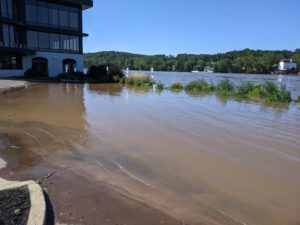 Third, require developers to build smarter. Every time we cover the earth with hard surfaces that are impervious to water, we cause our flooding problems to worsen. But there are ways to mitigate this problem by requiring builders to install “green infrastructure” systems to catch stormwater runoff. Our state’s stormwater regulations were recently amended to require more such infrastructure, but only on large new developments. These measures—and municipal ordinances that complement the state rules—must be strengthened to protect our communities from the unintended consequences of construction up¬stream from where people live and work.
Third, require developers to build smarter. Every time we cover the earth with hard surfaces that are impervious to water, we cause our flooding problems to worsen. But there are ways to mitigate this problem by requiring builders to install “green infrastructure” systems to catch stormwater runoff. Our state’s stormwater regulations were recently amended to require more such infrastructure, but only on large new developments. These measures—and municipal ordinances that complement the state rules—must be strengthened to protect our communities from the unintended consequences of construction up¬stream from where people live and work.
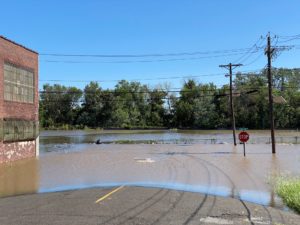 Fourth, retrofit older developments to address flooding. Most of our state was developed long before there were concerns about runoff or flooding. To really tackle our flooding problems, we must address developments built before these regulations were adopted. The legislature created a great opportunity to do so when it adopted the Flood Defense Act in 2019, a bill to authorize towns and counties to create utilities to address stormwater runoff.
Fourth, retrofit older developments to address flooding. Most of our state was developed long before there were concerns about runoff or flooding. To really tackle our flooding problems, we must address developments built before these regulations were adopted. The legislature created a great opportunity to do so when it adopted the Flood Defense Act in 2019, a bill to authorize towns and counties to create utilities to address stormwater runoff.
The physics is pretty simple: a warmer atmosphere creates more evaporation and more precipitation during storms. As hard surfaces like asphalt and concrete spread, there is less room for water to percolate into the ground, causing more runoff.
With climate change, our state and local leaders must do more to accelerate the transition away from fossil fuels and to prepare us for the inevitable extreme weather that will bring more flooding.

